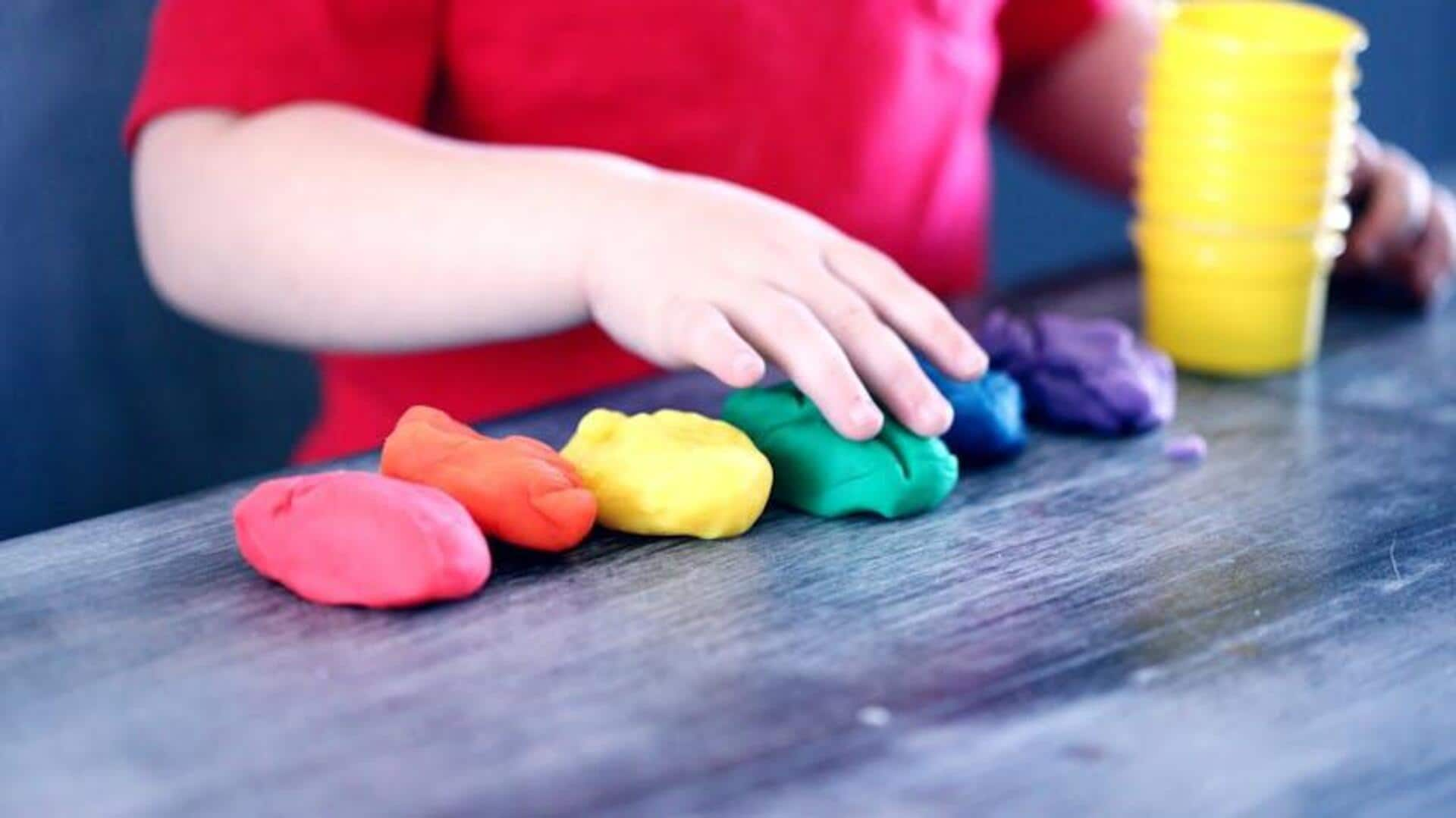
How to improve your kid's decision-making skills
What's the story
Craft activities can be a powerful tool in developing kids' decision-making skills. By engaging in creative projects, children learn to make choices, solve problems, and think critically. These activities not only enhance their creativity but also build confidence as they see the results of their decisions. Here are five crafts that effectively empower kids to hone these essential skills.
Tip 1
Creating personalized storybooks
Encouraging kids to create their own storybooks lets them decide characters, plotlines, and illustrations. The activity promotes imagination while getting them to think through the consequences of every choice they make in their storytelling process. As they determine how the story unfolds, they practice organizing thoughts and making logical connections.
Tip 2
Designing DIY board games
Designing a board game offers kids a plethora of decision-making opportunities. They have to decide on rules, objectives, and strategies for playing. This craft promotes strategic thinking as kids think about how different elements will play out in the game. It encourages social skills when played with others as they navigate rules and fair play.
Tip 3
Building miniature models
Building miniatures also involves a lot of planning and decision-making for materials, design elements, and assembly processes. While constructing, the kids learn to visualize outcomes and adjust plans accordingly. This hands-on activity not only improves spatial awareness and problem-solving capabilities but also gives a sense of accomplishment once it's done.
Tip 4
Crafting origami creations
Origami challenges kids to follow instructions to the tee while giving them space to express their creativity through colors or tweaks in design. As they fold paper to make beautiful shapes, they learn patience and attention to detail—two key elements of successful decision-making skills transferable to other areas of life.
Tip 5
Painting abstract art pieces
Abstract painting offers the freedom for self-expression, where there are no right or wrong answers—just choices about colors used or techniques applied on canvas or paper surface area chosen by the child artist themselves. This form encourages experimentation without fear of failure, which builds resilience and adaptability necessary when faced with real-world decisions later down the line, too!